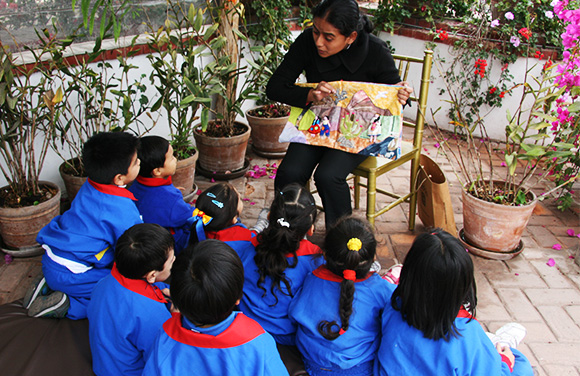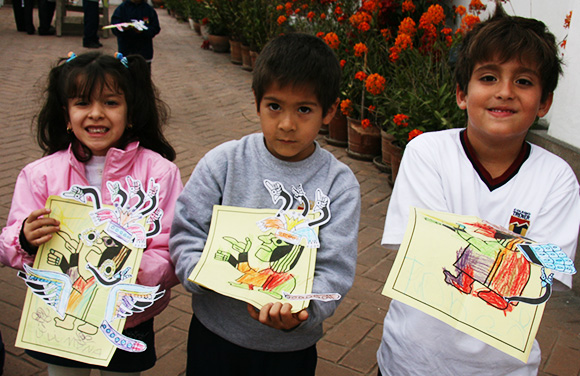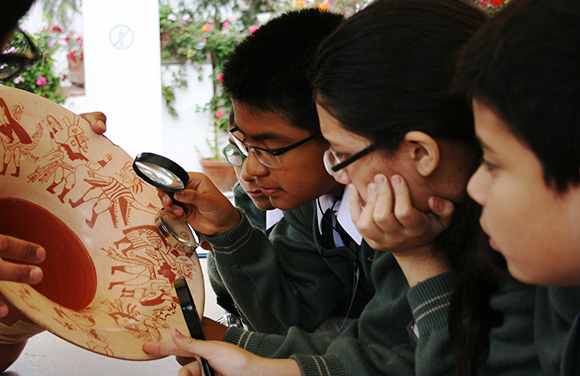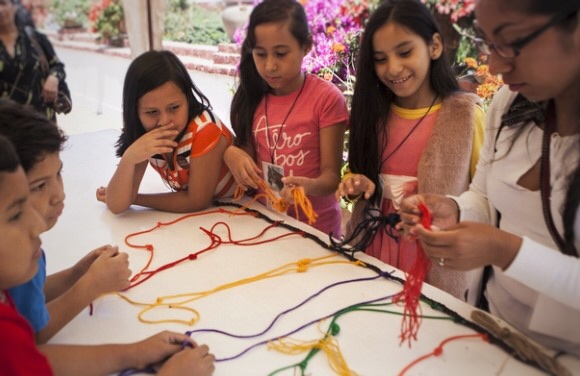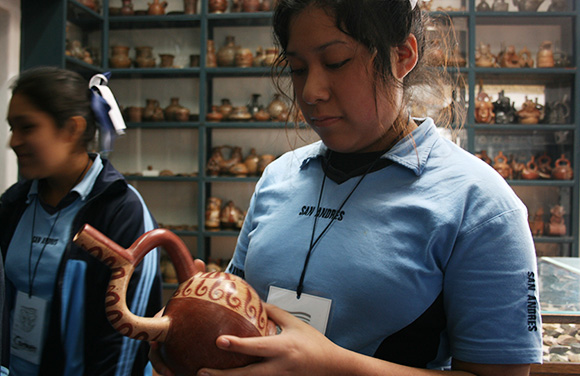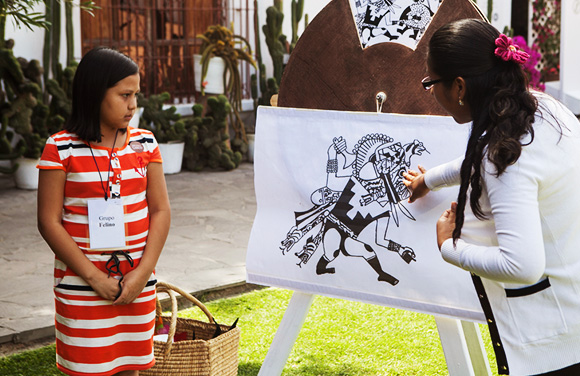Cost
| For each student |
S/ 10.00 |
|
The cost includes entrance to the museum, the services of the museum educator responsible for each group, and the materials students will use before, during and after the visit.
A minimum of 10 and maximum of 40 students can be accommodated for each visit. Students are divided into groups of 10 or fewer and each group is accompanied by one museum educator.
Any requests for discounts or exoneration should be communicated at the time of booking, with an explanation for the request.
Schedules
Educational school visits can be made from Tuesday to Thursday, in two schedules: 9:30-11:00 a.m. / 11:30-1:00 p.m.
Bookings
For additional inquiries, please call us on +51 1 461-1312, extension 215, from Monday to Friday, between 9:00 a.m. and 4:00 p.m.
Museum visits must be booked in advance by sending a booking form to the e-mail address educacion@museolarco.org.
The museum will wait 15 minutes for groups. After this time, the museum will be under no obligation to provide the booked service.
